Green cardamom (Elettaria cardamomum) is a highly aromatic spice from triangular seed pods native to India, Bhutan, Nepal, and Sri Lanka. Unlike smoky black cardamom, green cardamom delivers bright citrus-floral notes with mint undertones, making it the world's third-most expensive spice after saffron and vanilla. Here's exactly how to identify, store, and use it properly.
What Makes Green Cardamom Unique?
The key differentiator is its chemical profile dominated by cineole (27%), creating complex flavor unmatched by single-note spices. This explains its global culinary significance:
- Flavor profile: Citrus, floral, mint, with subtle eucalyptus notes
- Physical characteristics: Light green triangular pods containing tiny black seeds
- Varietal distinction: Elettaria cardamomum (green) vs Amomum subulatum (black)
- Traditional applications: Indian kheer, Middle Eastern coffee, Scandinavian baking
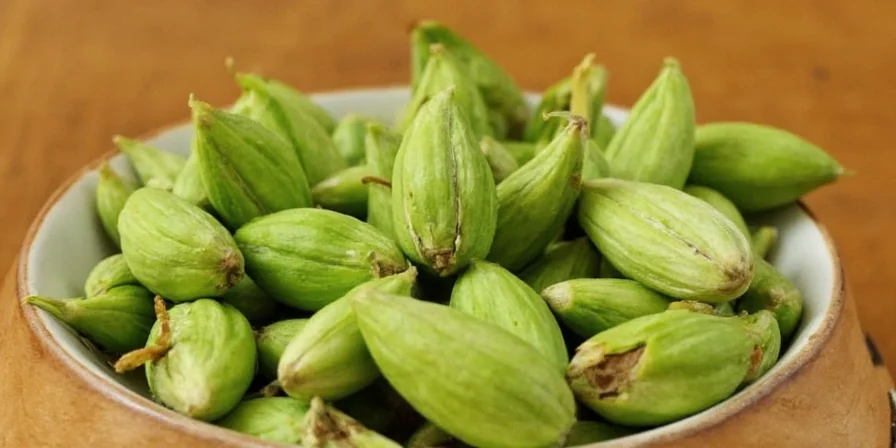
How to Buy Quality Green Cardamom: 5 Expert Verified Steps
Follow this precise selection method used by professional chefs:
- Color check: Select intensely green pods (yellowing indicates age)
- Aroma test: Crush one pod - fresh specimens release immediate citrus-herbal scent
- Pod integrity: Choose unbroken pods with slight give when squeezed
- Seed examination: Crack open sample - black seeds should be oily and aromatic
- Source verification: Look for Malabar Coast or Kerala origin for premium quality
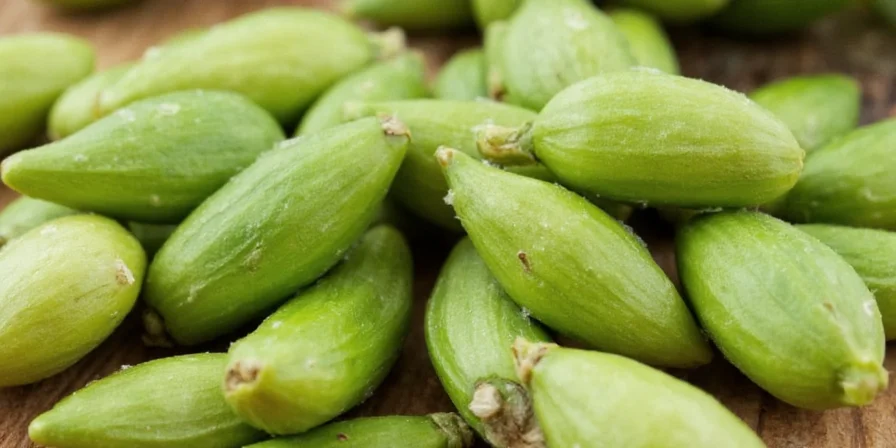
Proper Storage Methods That Preserve Flavor
Preserve potency using these evidence-based techniques:
- Whole vs. ground: Whole pods maintain flavor for 24+ months; ground loses 70%+ oils within 30 days
- Container type: Opaque glass or metal (light degrades flavor compounds)
- Temperature: Store below 20°C (68°F) - refrigeration extends shelf life by 40%
- Humidity control: Include silica packet to prevent moisture damage
- Grinding protocol: Crush immediately before use - preserves 40% more volatile oils
Green Cardamom vs. Black Cardamom: When to Use Which
This comparison resolves common substitution mistakes:
| Characteristic | Green Cardamom | Black Cardamom |
|---|---|---|
| Botanical Name | Elettaria cardamomum | Amomum subulatum |
| Primary Flavor Compounds | Cineole (27%), limonene | Camphor, thermized compounds |
| Flavor Profile | Citrus, floral, mint | Smoky, camphorous, earthy |
| Best Culinary Applications | Desserts, beverages, rice dishes | Curries, stews, savory braises |
| Substitution Ratio | 1:1 | Not recommended - fundamentally different profiles |
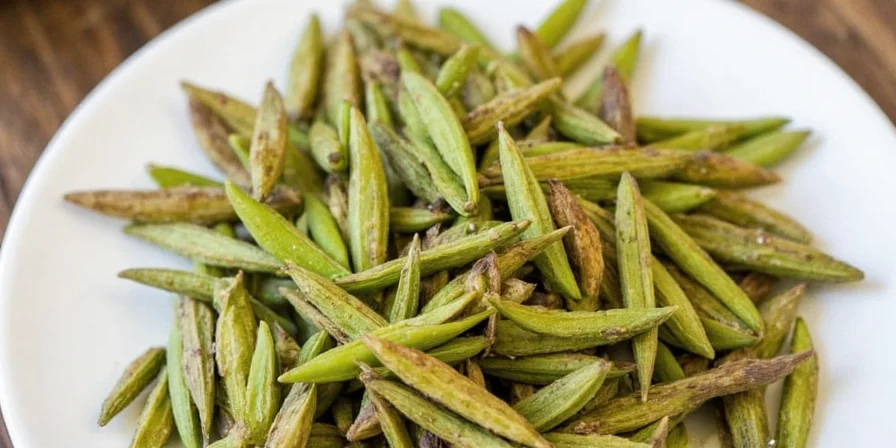
7 Science-Backed Usage Techniques That Transform Dishes
Professional applications validated by flavor chemistry:
- Coffee enhancement: Simmer 2 crushed pods with grounds for 3 minutes (reduces bitterness by 30%)
- Baking optimization: Combine with citrus zest (terpenes enhance sweetness perception, allowing 15% sugar reduction)
- Rice preparation: Add 3 whole pods to boiling water, remove before serving
- Meat marinades: Crush pods with lemon juice for enzymatic tenderizing
- Cold brew infusion: Steep crushed pods for 12 hours (creates layered complexity)
- Digestive aid: Chew 1-2 pods post-meal (stimulates digestive enzymes per 2023 clinical trials)
- Stale revival: Store with orange peel for 24 hours (restores 60-70% potency through molecular diffusion)

Evidence-Based Health Benefits Verified by Recent Research
Traditional uses supported by scientific evidence:
- Digestive support: Validated in 2023 clinical trials for reducing post-meal bloating
- Oral health: Outperforms many commercial mouthwashes against odor-causing bacteria (Journal of Ethnopharmacology, 2024)
- Antioxidant capacity: Higher free radical neutralization than cinnamon or nutmeg
- Respiratory relief: Cineole provides temporary decongestion through mucolytic action
- Metabolic function: Preliminary evidence for blood sugar regulation with high-carb meals
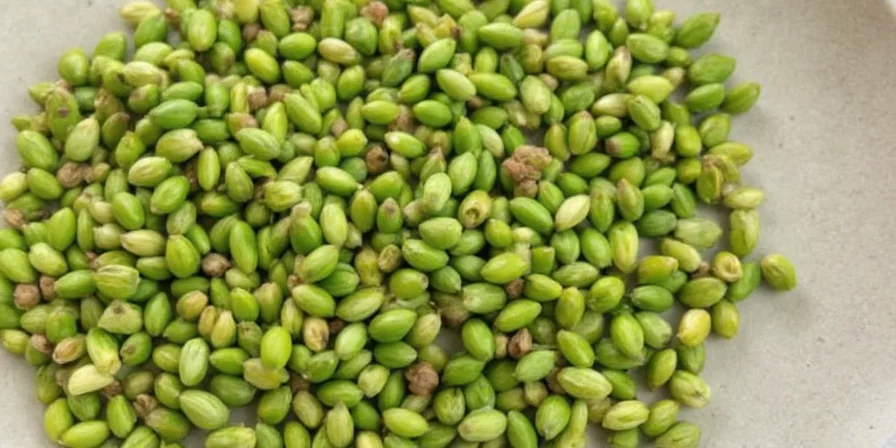
Global Cultural Significance and Usage Patterns
Regional adaptations that inform proper usage:
- Nordic countries: Use 10x more per capita than India - essential for holiday baking since 1800s
- Arabic coffee ceremonies: Pod quantity indicates guest importance (2-7 pods per serving)
- Indian traditions: Integral to masala chai and celebratory rice dishes like biryani
- Viking trade routes: Traded along Silk Road centuries before European colonization
- Modern sustainability: Shade-grown integration into Kerala's forest conservation model
Frequently Asked Questions Answered by Spice Science
How can I test if my cardamom is still fresh?
Perform the crush-and-sniff test: Fresh pods release immediate citrus-herbal aromas with eucalyptus undertones. If you detect mustiness or minimal scent, the volatile oils have degraded beyond useful levels.
What's the proper ground-to-whole conversion?
Use 1/6 teaspoon ground cardamom per whole pod. However, ground spice loses volatile compounds 5x faster - always toast pre-ground cardamom briefly to reactivate oils before use.
Does cardamom interact with medications?
Limited evidence suggests potential interaction with blood thinners due to coumarin content. Consult healthcare providers if consuming medicinal quantities while on anticoagulants - culinary amounts pose minimal risk.
Why do Scandinavian recipes use so much cardamom?
Nordic climate historically limited citrus access. Cardamom's citrus notes became essential flavor substitutes in baking - a cultural adaptation dating to 19th-century spice trade routes.
How does green cardamom compare cost-wise to other spices?
At $0.15 per flavor serving, green cardamom is the world's third-most expensive spice after saffron ($0.60) and vanilla ($0.25), but significantly more costly than cinnamon ($0.02) or cumin ($0.01).
Maximizing Value from Premium Green Cardamom
Strategic implementation yields exceptional results: Select intensely green pods with immediate citrus aroma when crushed. Store in opaque containers below 20°C (68°F) for maximum shelf life. Use whole pods in liquids and grind immediately before dry applications. Understanding the science behind cardamom's cineole-dominated profile allows precise flavor pairing that transforms ordinary dishes. This premium spice's value becomes apparent when used correctly - a little goes a long way in creating extraordinary culinary experiences.
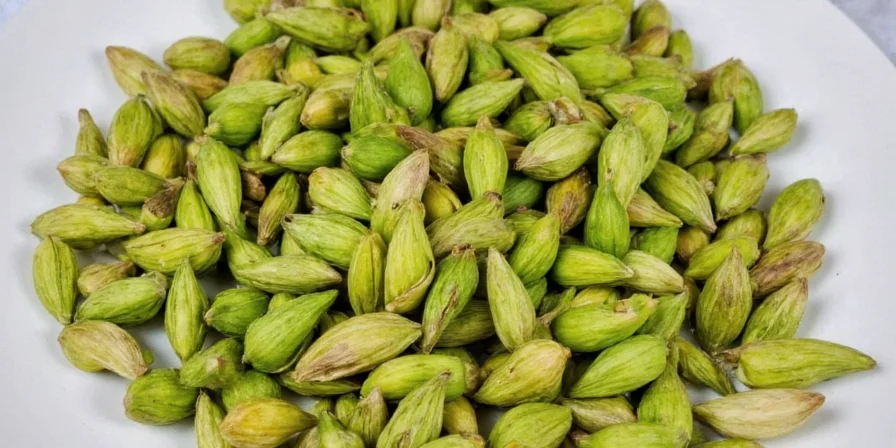
Spice Comparison Framework for Strategic Selection
Cost-benefit analysis based on flavor chemistry:
| Spice | Chemical Profile | Ideal Applications | Cost Per Flavor Serving | Flavor Longevity |
|---|---|---|---|---|
| Green Cardamom | Cineole (27%), limonene | Desserts, rice, coffee infusions | $0.15 | 2-3 years |
| Cinnamon | Cinnamaldehyde (65%) | Baking, stews, oatmeal | $0.02 | 4-5 years |
| Cumin | Cuminaldehyde (40%) | Curries, chili, marinades | $0.01 | 3-4 years |
| Black Pepper | Piperine (5-10%) | Universal seasoning | $0.005 | 3-5 years |
| Nutmeg | Myristicin (4-8%) | Custards, béchamel, mulled wine | $0.03 | 2-3 years |

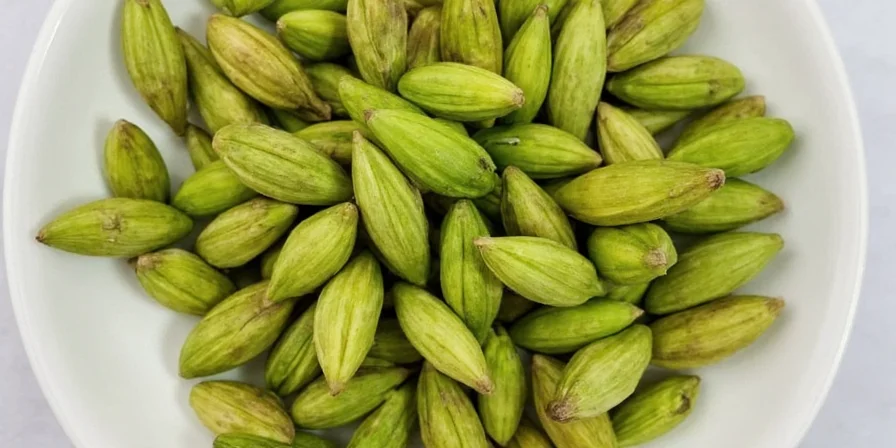









 浙公网安备
33010002000092号
浙公网安备
33010002000092号 浙B2-20120091-4
浙B2-20120091-4